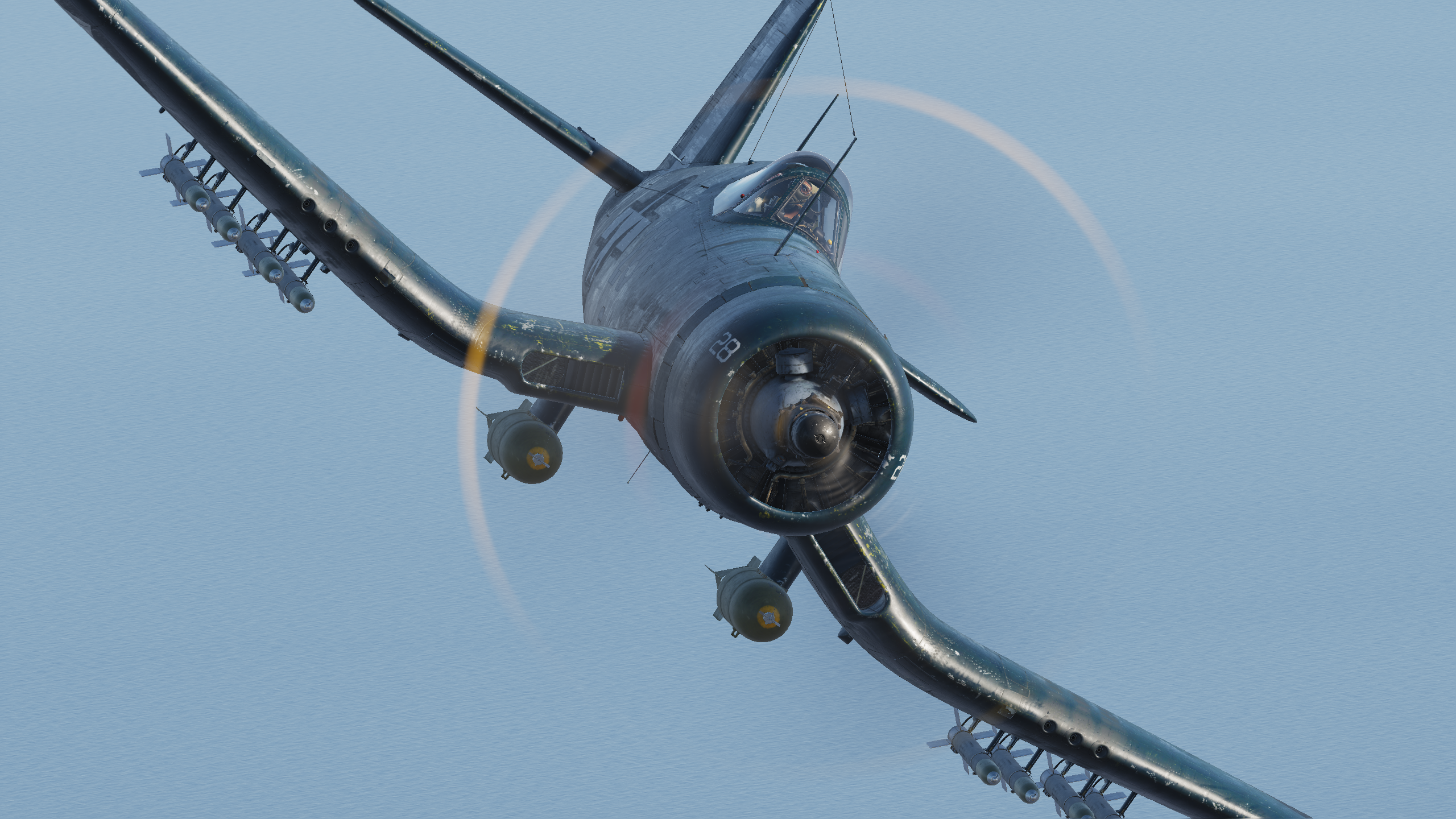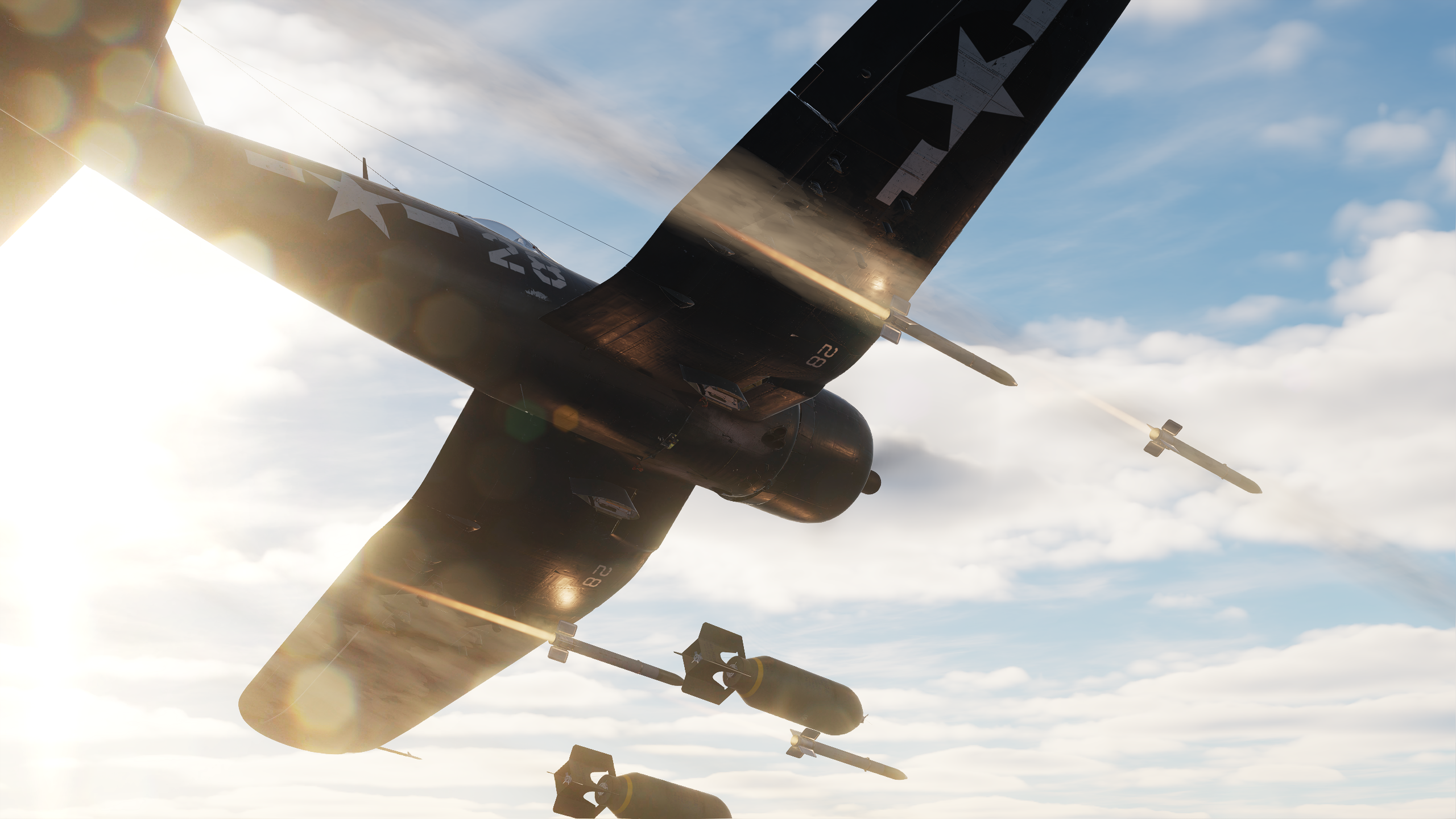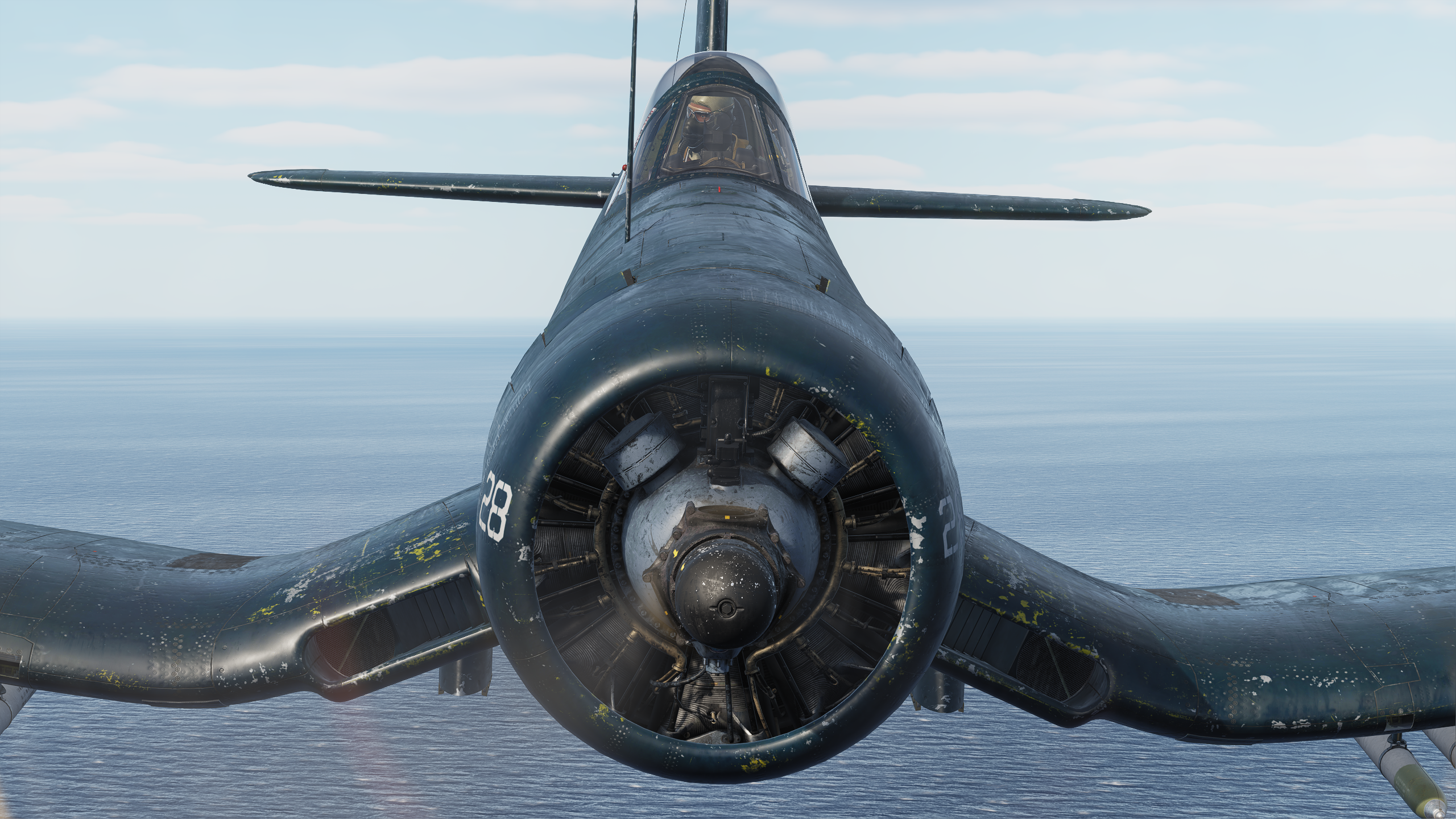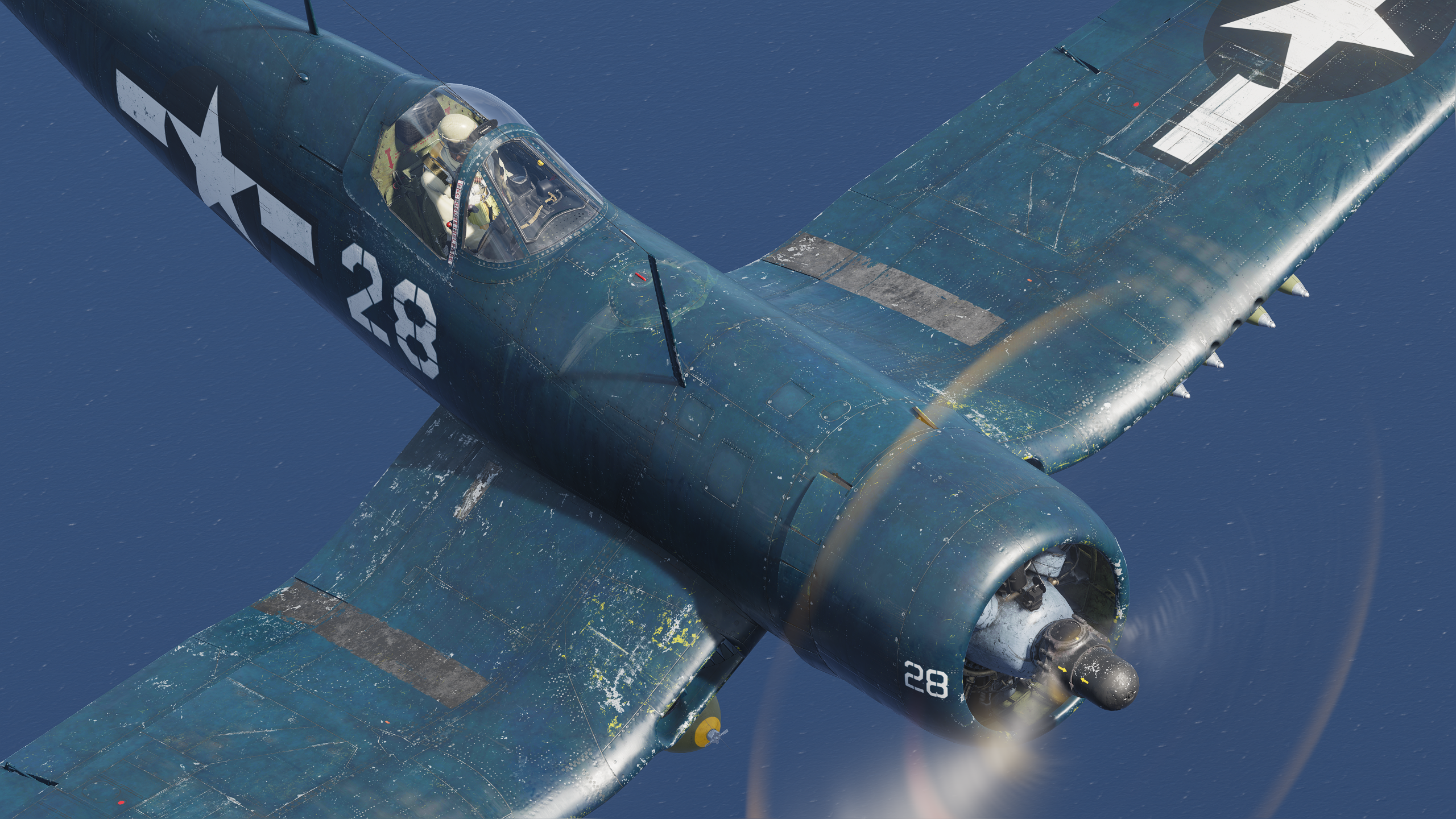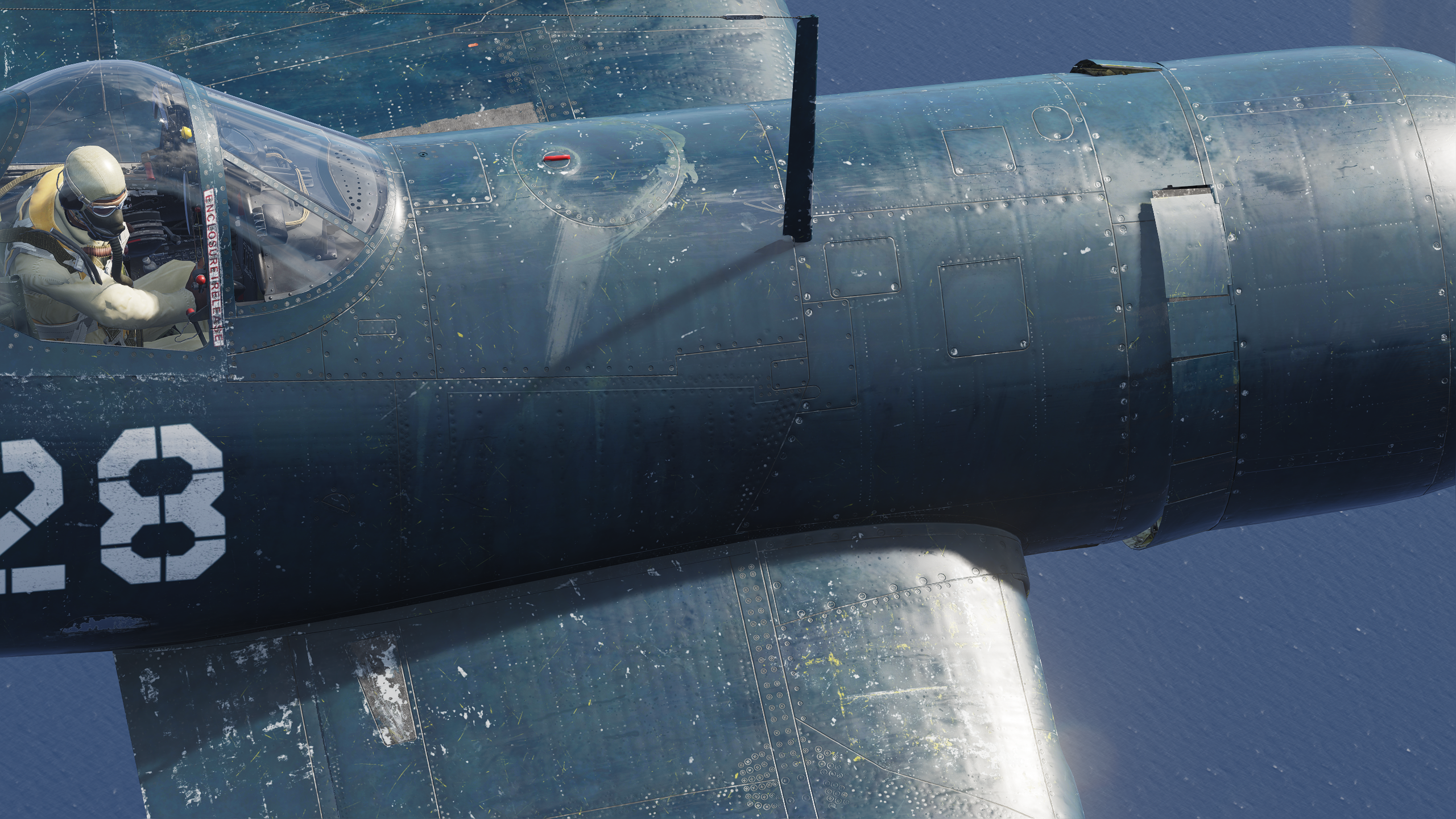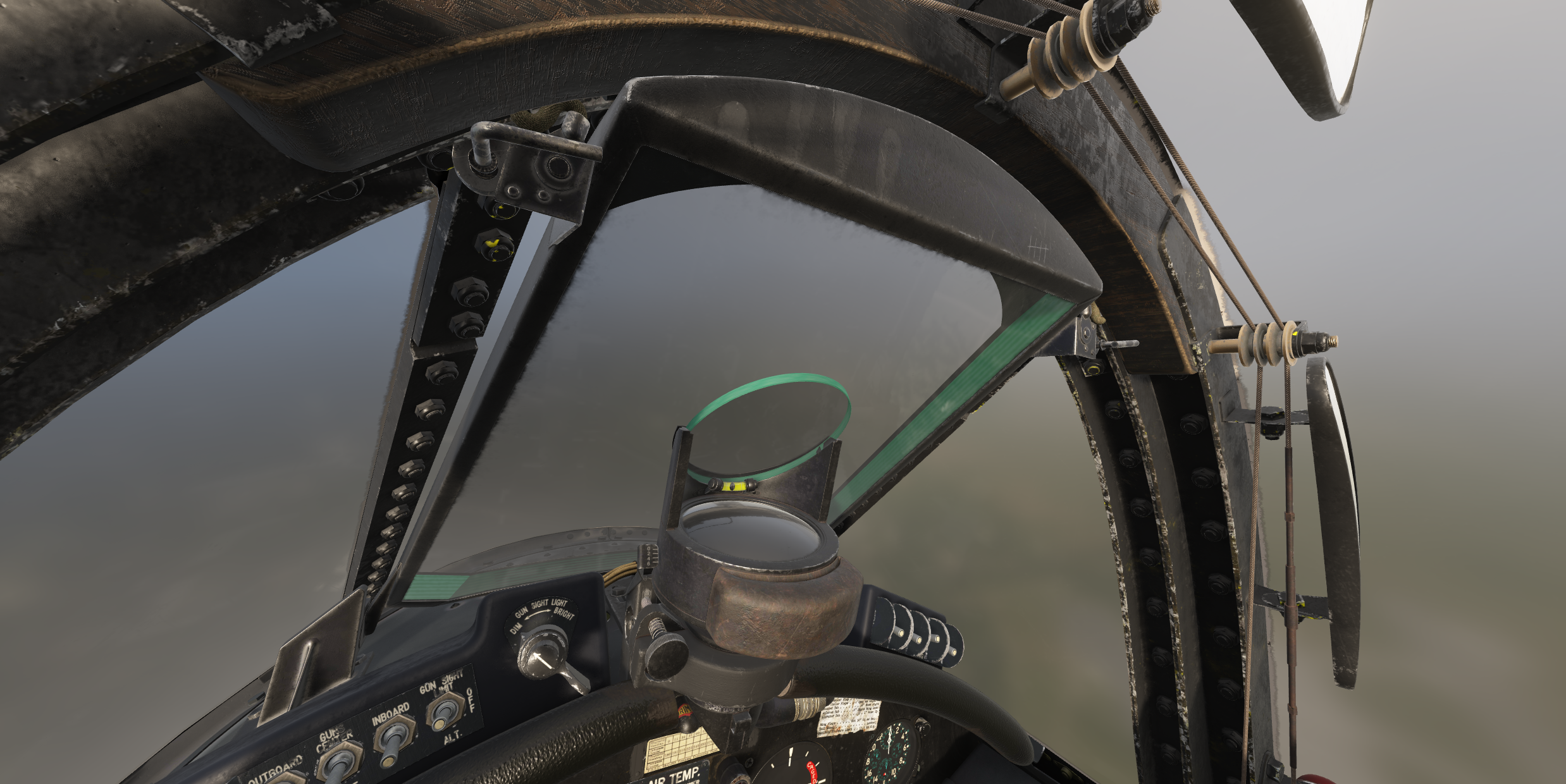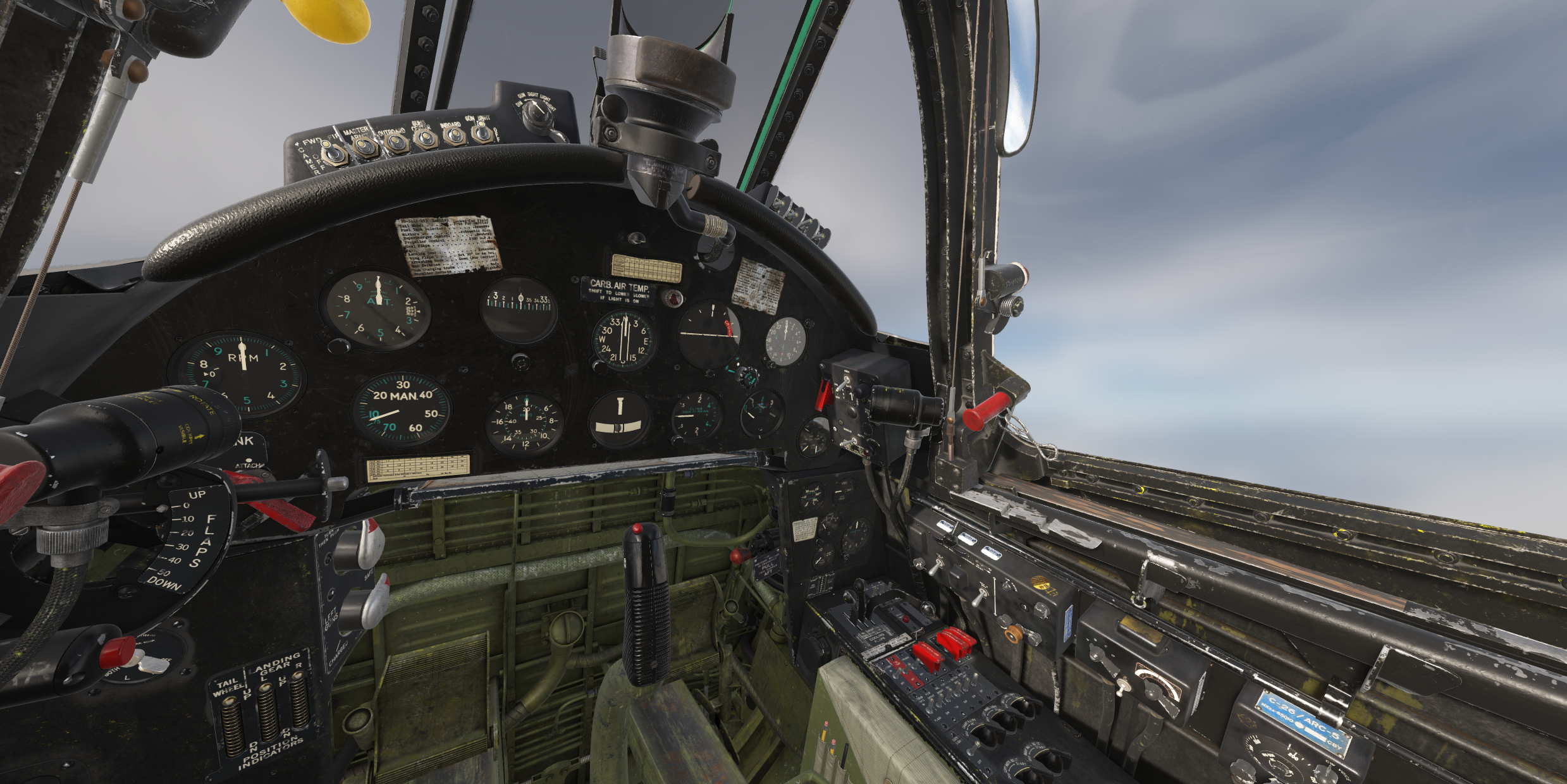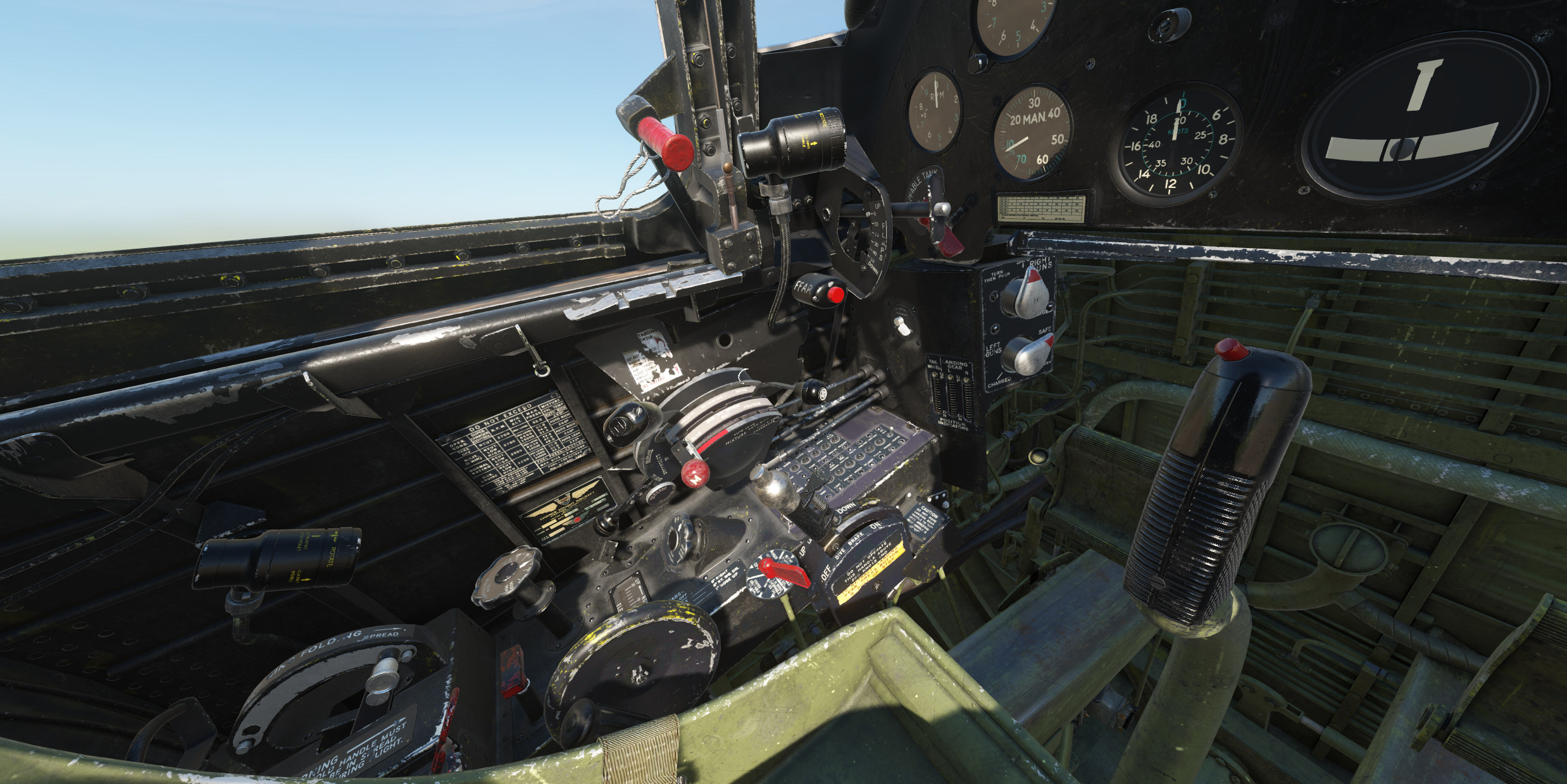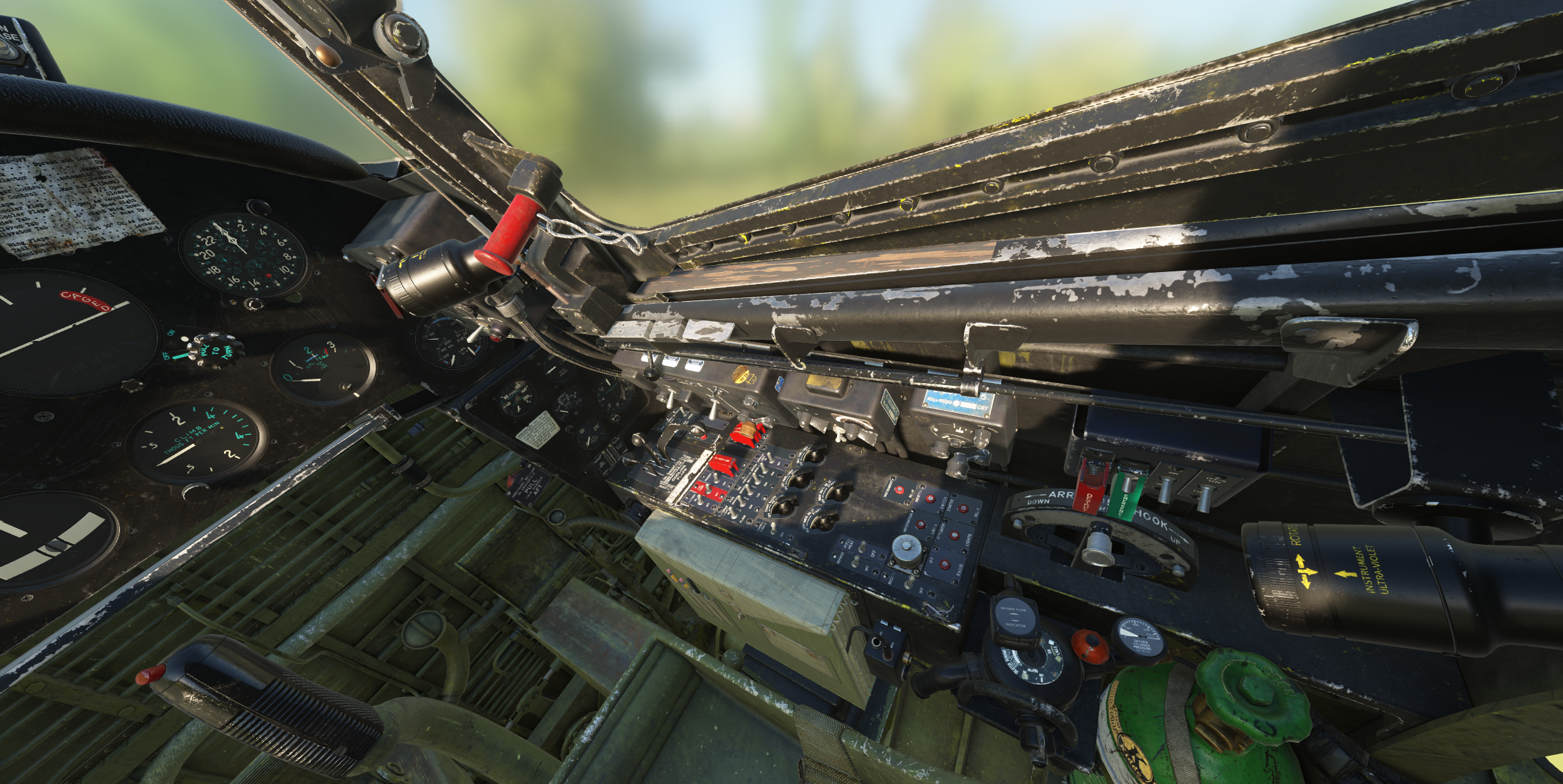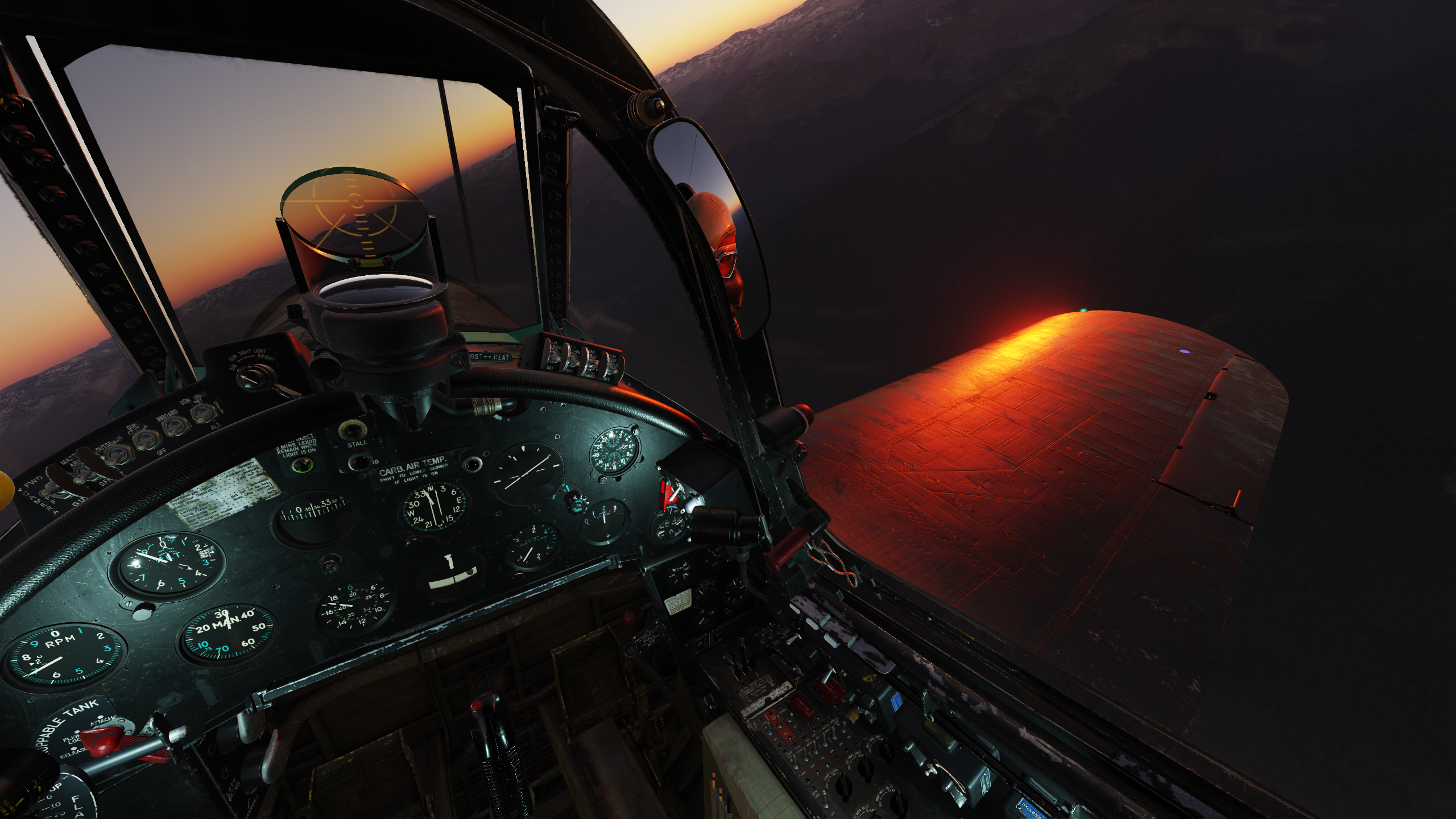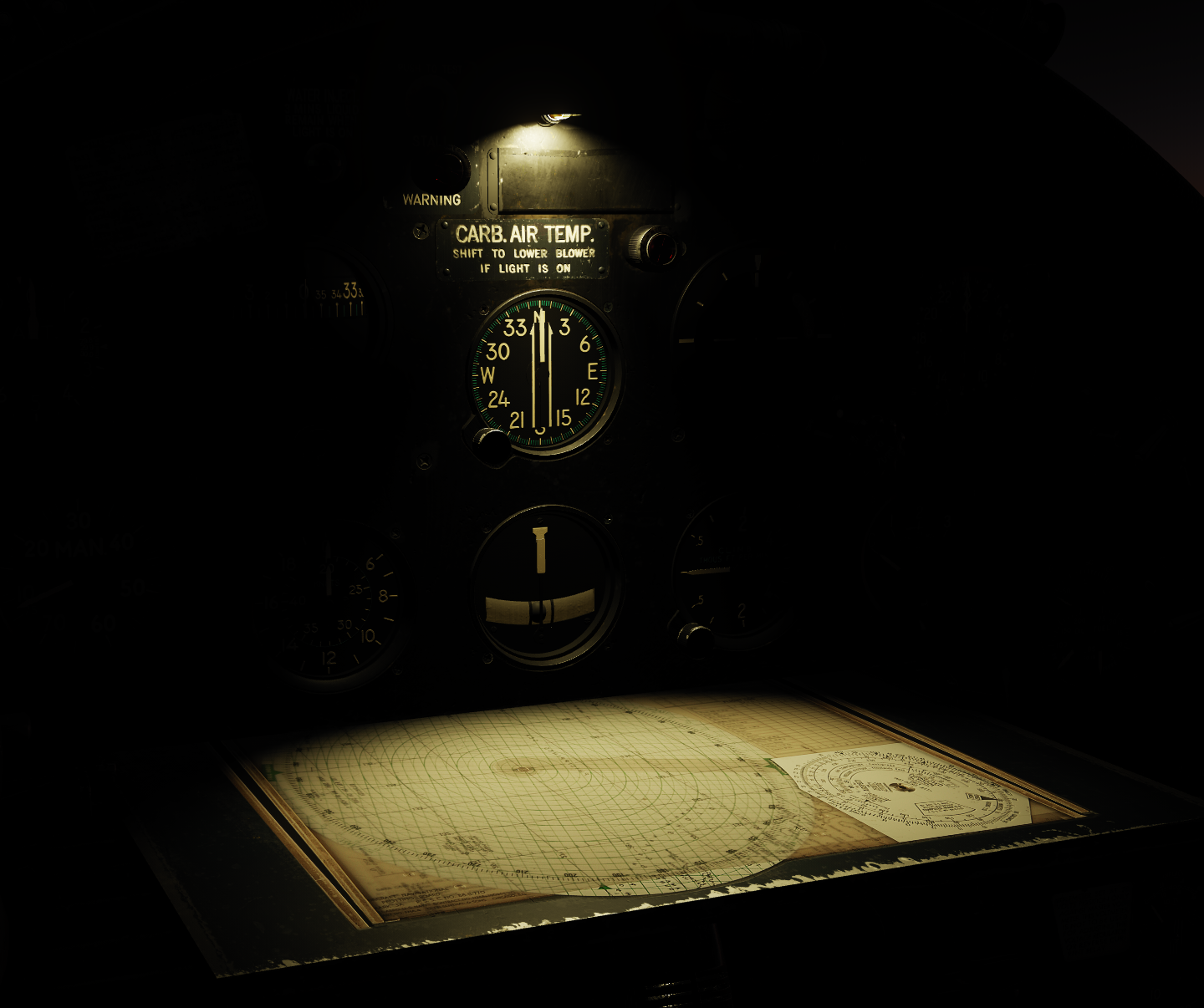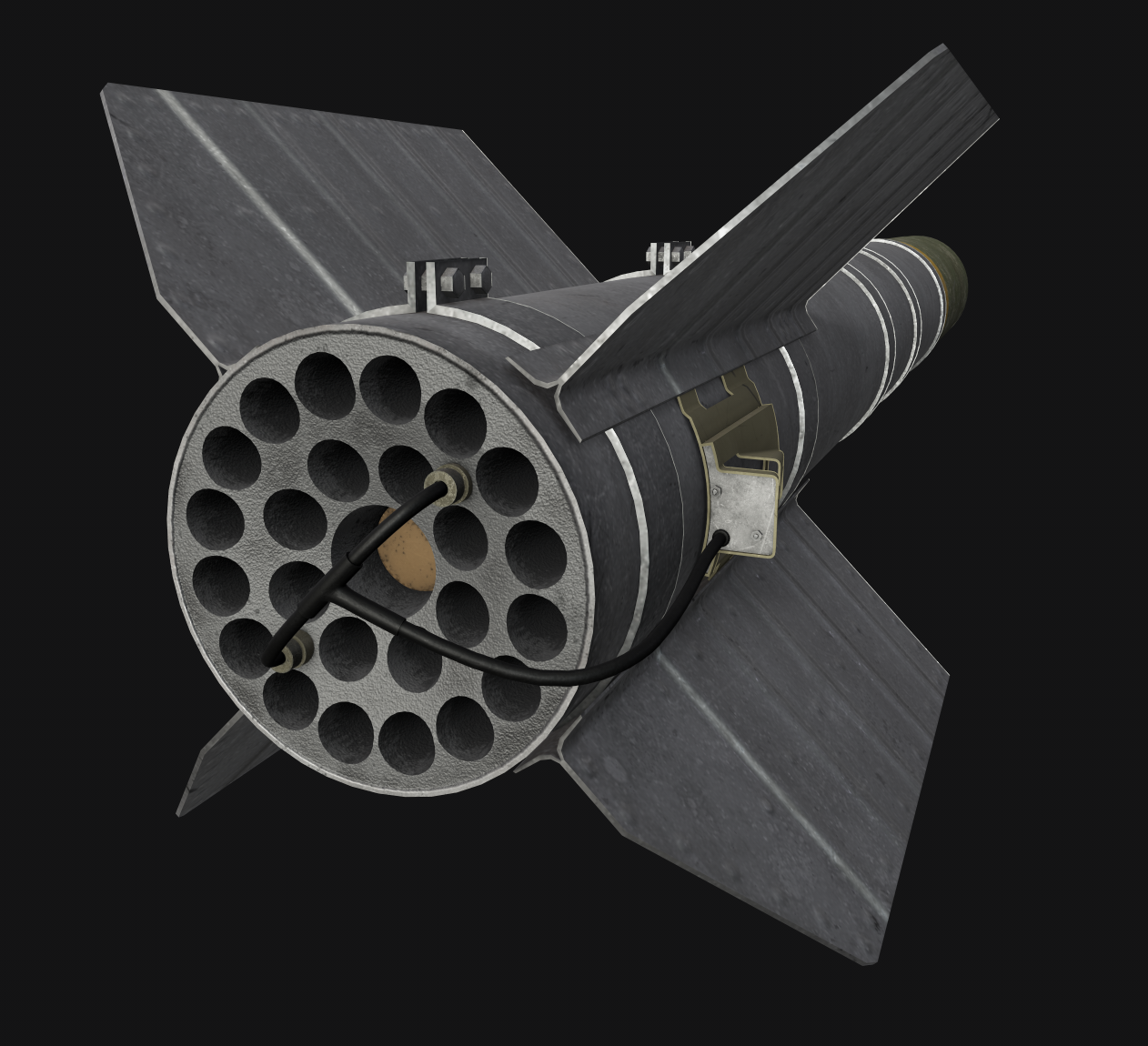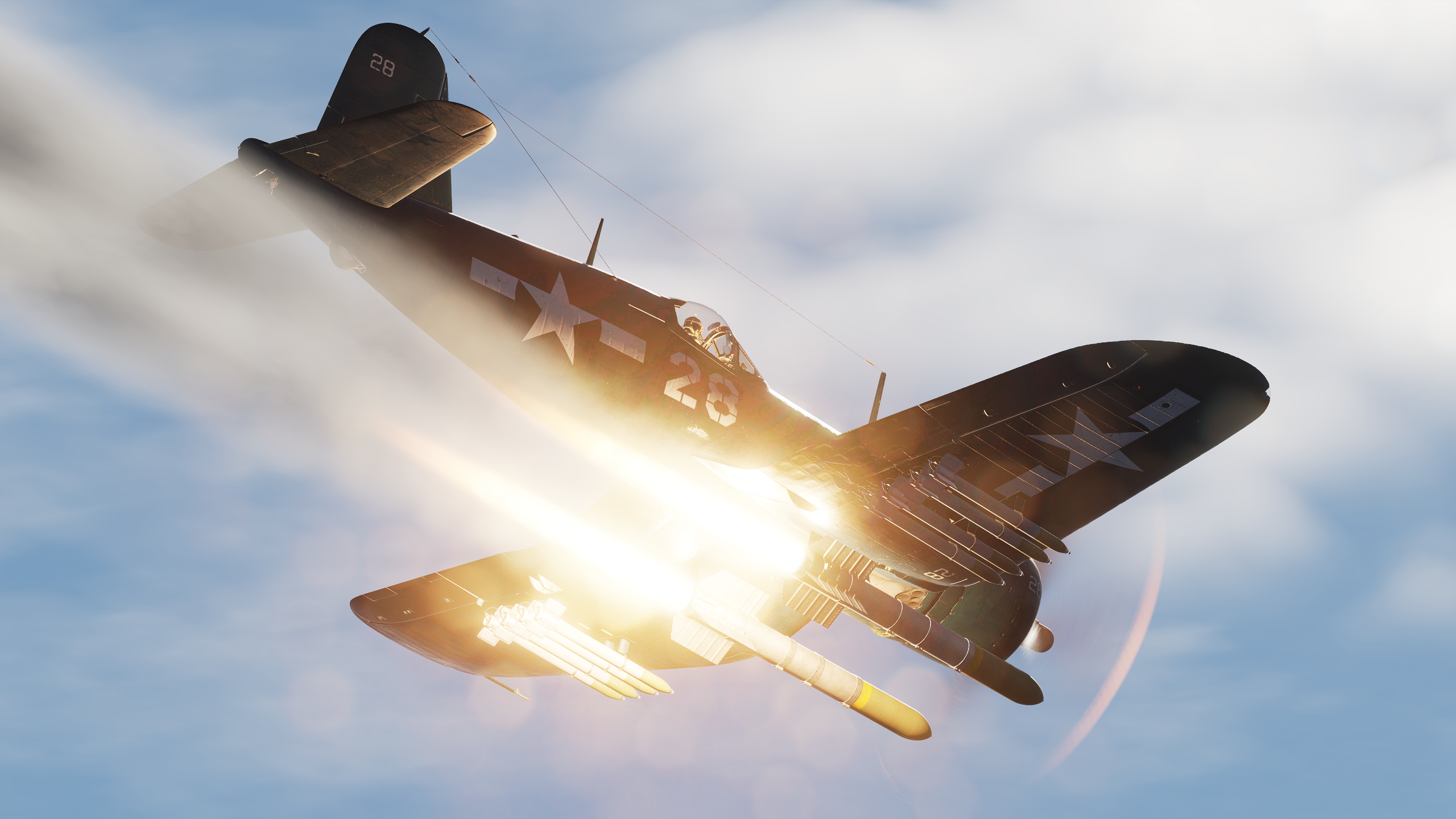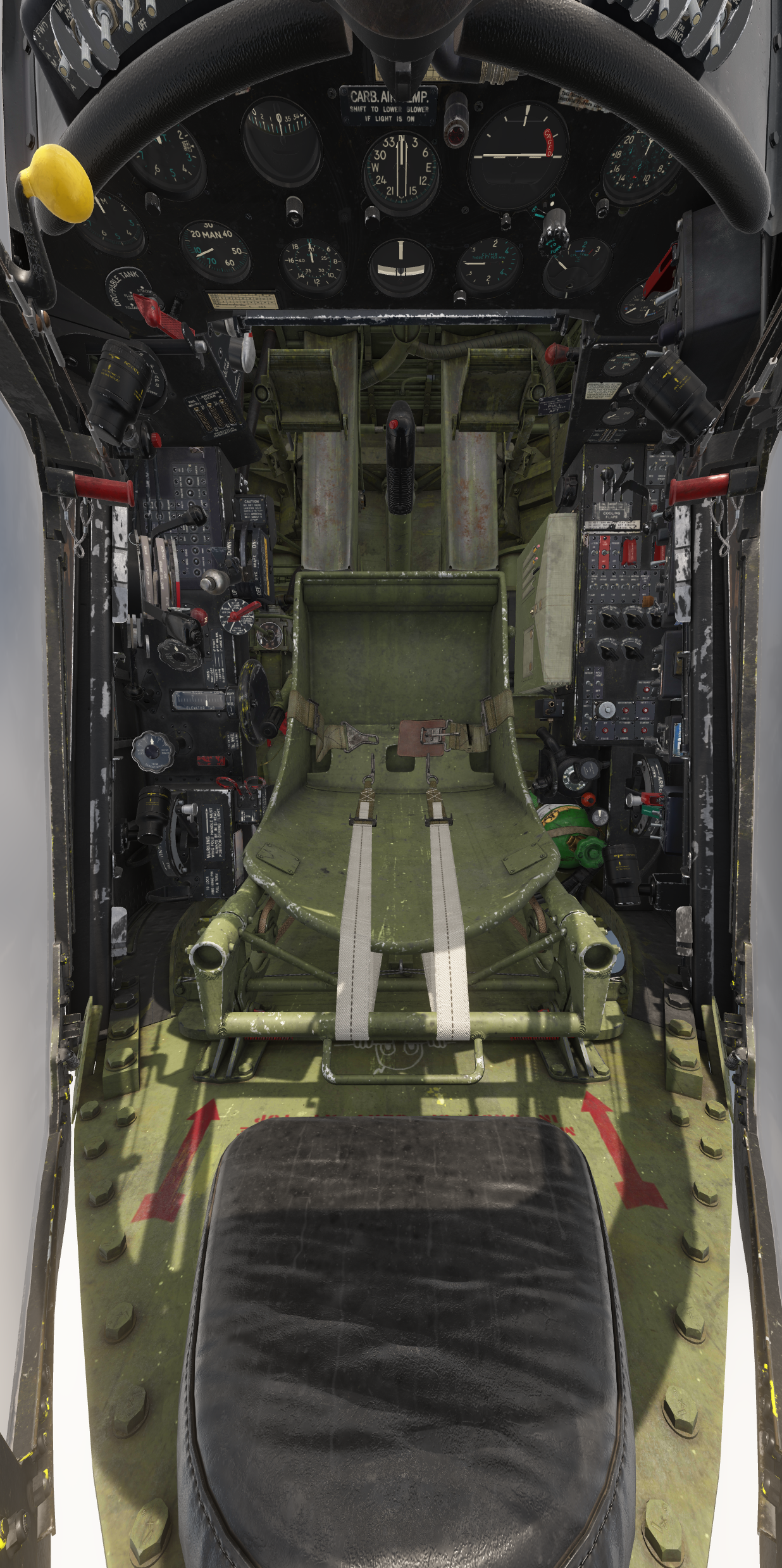Hinky Dinky Die!
Dear Partners and loyal customers,
As most of you might have noticed, the URL to our website is now redirecting to our official Magnitude 3 URL. Sometime next year, our old URL for LNS will cease to exist. The website is still going under changes, but we’ve made some color accent changes & a temporary banner for the time being. We’ve also updated our YouTube channel to get ready for new trailers, how-to guides, and other content.
We don’t think we need to comment on our silence this past year, however just as our fellow 3rd Party Partners with their own modules, we’ve been extremely busy polishing our ole Hognose to bring the user experience the very best in WW2 Naval aviation. Both with flight-dynamics’ simulation and graphics. The following are a few excerpts of what we’ve have been doing this past year.
Chance-Vought F4U-1D Corsair
We’re in our second round of testing, and while most of the flight model’s parameters are to everyone’s liking, we still have a few areas to perfect.
For starters, we are currently fine-tuning glide ratios (GR) with a few scenarios, such as dead-stick flying, high & low RPM settings, and various flaps and landing gear configurations.
Issues arose when obtaining specific data criteria during testing. For example, collecting accurate and useful turn rate data is the most difficult of test-sets, as the aircraft must be flown in a precise coordinated manner. Unfortunately, we don’t have an aid in precisely controlling the aircraft in a turn with constant minimal deviations in speed and/or altitude. If anything goes wrong in the middle of the test, the test must be repeated due to the nature of data sampling. Pushing through, we were able to sample data at altitudes such as 100, 5000, and 10,000 meters.
Similar to our MiG-21bis, we have programmed input and outputs to make up the difference for users’ joysticks and real life F4U-1 joystick travel. Documented elevator efficiency positions were used to find a good balance between reality and simulation whether users have short or long joysticks.
Other areas of importance that users expect to be realistic, range from stall speeds, roll rates, flight envelopes, climb rates, dive excess speeds, and high-speed maneuvering. All of which go hand-in-hand, creating unique F4U-1D quirks at different flight states.
Over in the art department, we have been making numerous visually impressive advancements and wrapping up what’s left before release.
All textures have been adjusted, for the recent graphics improvements by Eagle Dynamics. Colors are more physically accurate, with casual wear-and-tear. And as promised, the highly detailed armored glass and Mk.8 Mod 8 gun sight have been implemented too.
The flood light colors have been corrected, giving off a hint of teal. A new seat harness was modeled along with textures displaying more thread & stitch details. We’ve also added more pilot animations for saluting and catapult launch behaviors with more to come!
On our last Facebook update, we posted a few screenshots of the damage model in development. We’re happy to say it’s complete and the flight model is being tuned for each damage state. Every rib has been created and painfully destroyed afterwards, showcasing the internal structure of the airframe.
All of our weapons had missing details added and implemented support struts for the external fuel tanks. And, finally, the first iteration of the dynamic aircraft number system has been merged and we’ll continue adding more for other squadrons.
We’re committed in developing the best F4U-1D simulation to date and can’t wait to share the exciting experience flying it.
In the meantime, enjoy the screen captures as we patiently wait our turn to roll the Corsair off the Essex; as we’ll continue improving the user experience bringing the best WW2 simulated Naval fighter/CAS to Digital Combat Simulator.
We greatly appreciate your patience and understanding, and give our heart-felt thank you to you all.
Magnitude 3 Team



